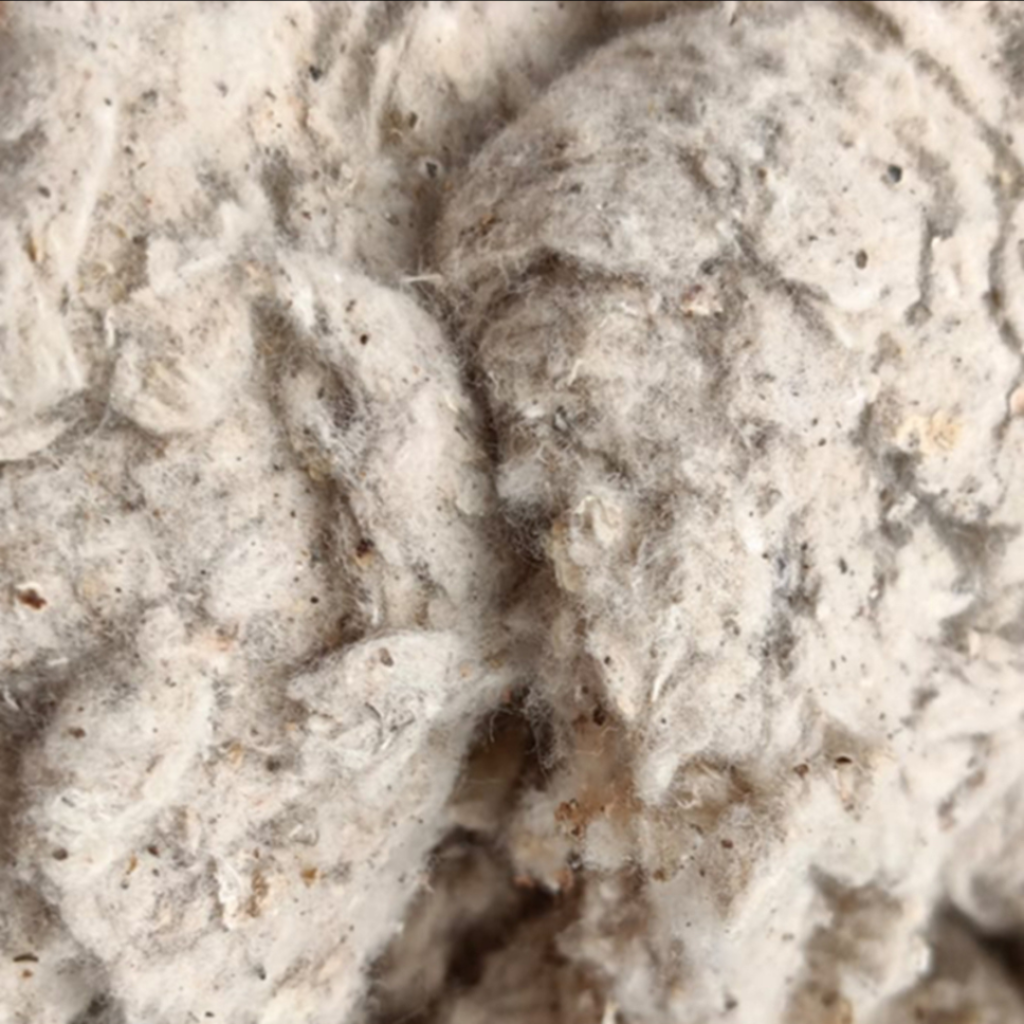
The etymology of the fashionable word "lint" is linked to "linting", the time period used for the cultivation with the shorter fibers with the cotton plant (Gossypium), also known as "lint", from which decrease-high-quality cotton items are created.
“a hundred% Cotton linters creating and printing paper is presenting printing Attributes, at the very least nearly as good as and infrequently greater, than European W & P papers”.
Cotton linters are already been cooked (inside of a 'digester') applying sodium hydroxide, crushed inside of a series of refiners, bleached employing chlorine and sodium hypochlorite, after which you can made into compressed sheets. Typical fiber duration is one.3 mm. Cotton linters Use a shorter fiber length than abaca, and paper made from them will exhibit watermarking and laid & chain strains really nicely.
The fiber is most often spun into yarn or thread and accustomed to produce a soft, breathable, and sturdy textile. The usage of cotton for material is understood so far to prehistoric moments; fragments of cotton fabric dated on the fifth millennium BC are found in the Indus Valley civilization, and also material remnants dated back to 4200 BC in Peru.
Navel lint (also recognized by names for example navel fluff, belly button lint, belly button fluff, and dip lint) is definitely an accumulation of fluffy fibers in the navel cavity frequently found at the beginning and end with the working day.
These cotton leftovers is often reprocessed into paper and cardboard products and solutions, decreasing the volume of logs that may or else need to be harvested to help make them.
Supima® is often a trademarked brand of Pima cotton grown in the United States. The title "Supima" is a combination of "outstanding" and "Pima," reflecting the high-quality with the cotton. Supima® cotton is held to rigid criteria, guaranteeing that only the best Pima cotton is offered less than this name.
Whilst the moist power of cotton fibers is a bit lessen, averaging all-around fourteen grams per tex, their Total durability stays remarkable. In addition, cotton fibers exhibit very good resilience and elastic recovery Attributes, essential for withstanding recurring use and protecting shape.
Cotton is largely made up of cellulose I fibers, with noncellulosic constituents affected by numerous variables.
Kim Grummer suggests: January nine, 2023 at 10:twenty five am Hello Jo, you’ll just must try out it and uncover. Printed papers absolutely have some volume of sizing, and several degree of Will probably be retained in recycled pulp. Irrespective of whether it’s ample to ‘dimensions’ a sheet with new fiber like cotton linter is hard to say.
1. Standard pulping processes: Large amount of conventional procedures are discontinuous procedures. Most important ways of those procedures are right here right after pointed out:
Cotton (Gossypium herbaceum Linnaeus) could are already domesticated 5000 BC in japanese Sudan in close proximity to the Middle Nile Basin location, wherever cotton fabric was being developed.[22] Throughout the 4th century BC, the cultivation of cotton along with the knowledge of its spinning and weaving in Meroë attained a large amount. The export of textiles was one of many resources of read more prosperity for Meroë.
Cotton is Probably the most greatly used fibers on the planet, and its origins might be traced again to ancient times. Archaeologists consider cotton production started out in India around 5,000 a long time in the past when cotton plants were being cultivated for cotton fibers and woven fabrics.
Dead cotton is often a term that refers to unripe cotton fibers that don't take up dye.[135] Dead cotton is immature cotton which has poor dye affinity and appears as white specks over a dyed cloth.